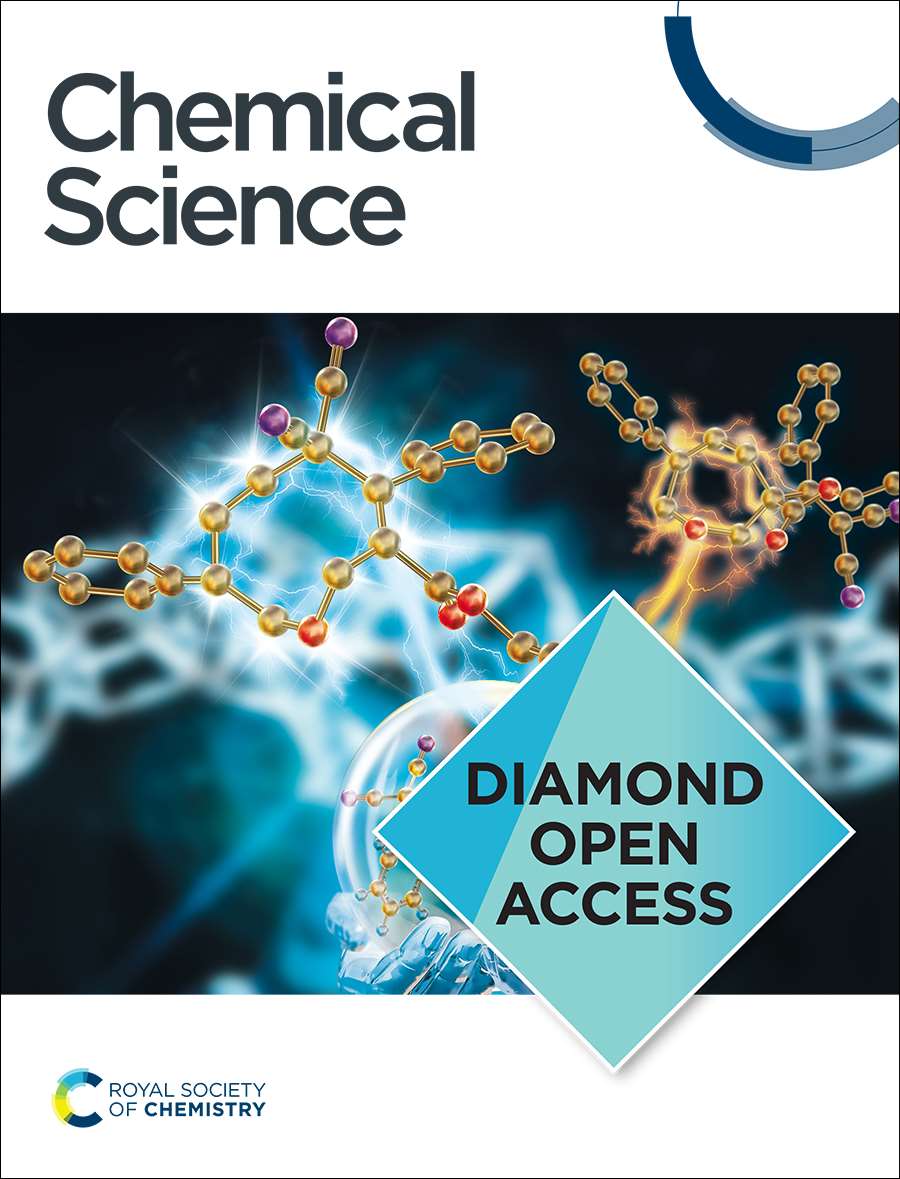Confined Growth of UiO-66 into Ultrahigh-loading Membrane for Efficient Hexane Isomer Separation
IF 7.6
1区 化学
Q1 CHEMISTRY, MULTIDISCIPLINARY
引用次数: 0
Abstract
The efficient separation of hexane isomers is a crucial process for the petrochemical industry. Mixed-matrix membranes (MMMs) hold tremendous potential for hexane isomer separation. However, maintaining their continuity at high filler loading remains a substantial challenge. Here, UiO-66/PP mixed-matrix membranes are fabricated via in situ confined growth synthesis strategy that achieves an exceptional filler loading of 72.9 wt%. The resulting UiO-66/PP-(96) membrane maintains structural continuity while effectively discriminating linear and mono-branched hexane isomers from their di-branched counterparts, exhibiting a flux of 473.5 g·m⁻²·h⁻¹ and separation factor of 4.53 for n-hexane/2,2-dimethylbutane mixtures. Remarkably, this membrane enriches n-hexane content from 50.0 wt% in the feed to 81.9 wt% in the permeate through a single processing stage, while maintaining robust performance across various hexane isomer combinations. These characteristics highlight its potential for extracting linear alkanes to enhance gasoline research octane number (RON). Molecular dynamics (MD) simulations corroborate these findings, revealing faster transport kinetics for n-hexane compared to branched isomers. This straightforward synthesis approach presented herein significantly broadens the avenues for the advancement of MOF mixed-matrix membranes in petrochemical separation applications.UiO-66在超高负载膜上的受限生长及其对己烷异构体的高效分离
己烷同分异构体的高效分离是石化工业的关键工艺。混合基质膜在分离己烷异构体方面具有巨大的潜力。然而,在高填料负载下保持其连续性仍然是一个重大挑战。在这里,UiO-66/PP混合基膜是通过原位限制生长合成策略制备的,实现了72.9 wt%的填料负载。所得到的UiO-66/PP-(96)膜保持了结构的连续性,同时有效地区分了线性和单支正己烷同分异构体与双支正己烷同分异构体,其通量为473.5 g·m⁻²·h⁻¹,正己烷/2,2-二甲基丁烷混合物的分离系数为4.53。值得注意的是,该膜通过一个处理阶段将正己烷含量从进料中的50.0 wt%提高到渗透液中的81.9 wt%,同时在各种己烷异构体组合中保持稳健的性能。这些特点突出了它在提取直链烷烃以提高汽油研究辛烷值(RON)方面的潜力。分子动力学(MD)模拟证实了这些发现,揭示了与支链异构体相比,正己烷的转运动力学更快。本文提出的这种简单的合成方法大大拓宽了MOF混合基质膜在石化分离中的应用。
本文章由计算机程序翻译,如有差异,请以英文原文为准。
求助全文
约1分钟内获得全文
求助全文
来源期刊

Chemical Science
CHEMISTRY, MULTIDISCIPLINARY-
CiteScore
14.40
自引率
4.80%
发文量
1352
审稿时长
2.1 months
期刊介绍:
Chemical Science is a journal that encompasses various disciplines within the chemical sciences. Its scope includes publishing ground-breaking research with significant implications for its respective field, as well as appealing to a wider audience in related areas. To be considered for publication, articles must showcase innovative and original advances in their field of study and be presented in a manner that is understandable to scientists from diverse backgrounds. However, the journal generally does not publish highly specialized research.
 求助内容:
求助内容: 应助结果提醒方式:
应助结果提醒方式:


